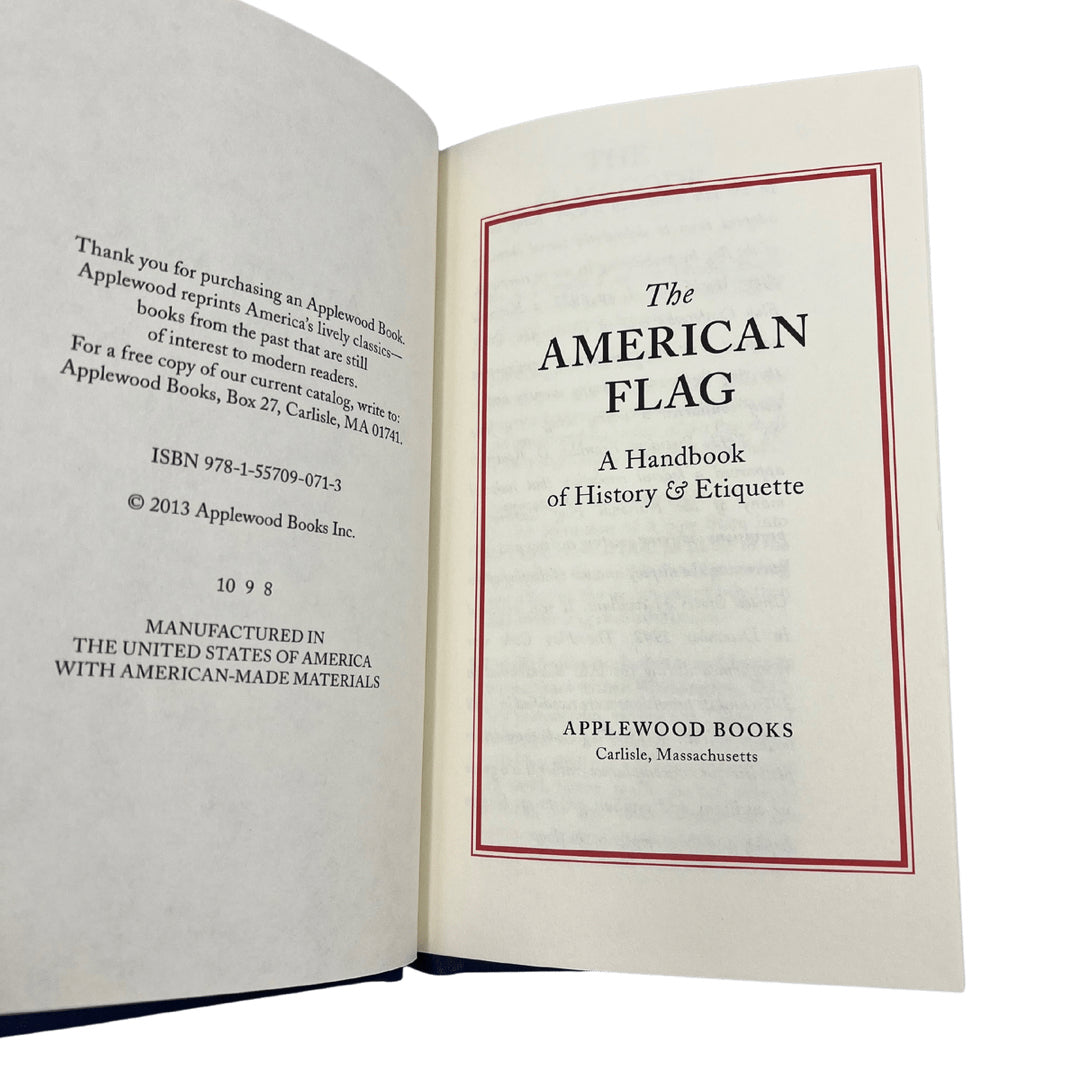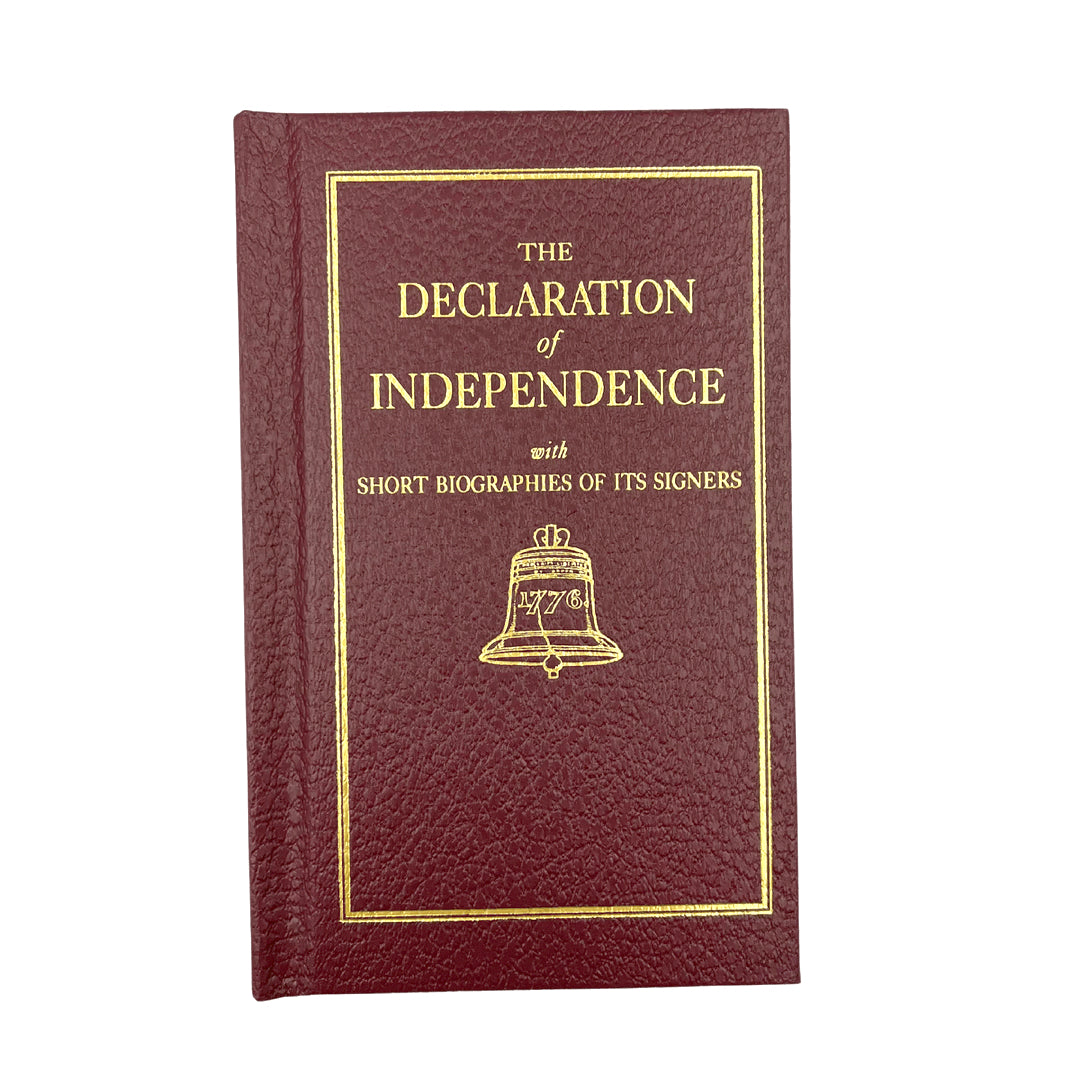"The Battle of Bunker's Hill, Near Boston" Engraving by James Mitan, after Trumbull, 1801
$7,500.00
This dramatic Revolutionary War engraving of the Battle of Bunker Hill is after the famous 1785 oil-on-canvas by John Trumbull. Capturing the intensity of the battle, the engraving centers on Major John Small restraining a “lobster-back” from bayoneting Major General Joseph Warren. Warren lies mortally wounded in the midst of chaos around him. In the background, British forces are seen cresting the last defenses of the brave, yet green army of Colonial soldiers.
The Battle of Bunker Hill was fought on June 17, 1775, in the early stages of the American Revolutionary War. The battle is named after Bunker Hill in Charlestown, Massachusetts. Although it was the original objective of both the Colonial and British troops, the area was only peripherally involved in the battle. Rather, the majority of the combat took place on the adjacent Breed’s Hill. The battle pitted a more organized British force against a young and inexperienced American militia.
Although considered a tactical victory for the British, it came at the cost of considerable casualties, including a large number of officers. The battle demonstrated that the inexperienced American militia was able to stand up to the British army troops in battle. The battle results discouraged the British from any further frontal attacks against well-defended front lines. American casualties were comparatively fewer, although their losses included Gen. Joseph Warren.
During the battle, the patriot-turned-painter John Trumbull (1756-1843) was stationed in Roxbury on the far side of Boston, where he could hear the sounds of fighting. In late 1785, Trumbull decided to devote himself to the depiction of Revolutionary War scenes, a series of eight epic pictures. From the beginning, Trumbull intended for the paintings to be later engraved for sale. Trumbull began the oil-on-canvas of The Death of General Warren at the Battle of Bunker’s Hill and The Death of General Montgomery in the Attack of Quebec, in the studio of Benjamin West in London. Bunker’s Hill was completed in March 1786; Trumbull started Attack of Quebec in February 1785 and finished it before he brought it to Paris in 1786. He then started The Declaration of Independence at Thomas Jefferson's house in Paris.
As soon as Bunker’s Hill was completed, Trumbull searched for a suitable engraver in London. He was unsuccessful, as many British engravers were nervous about engraving an American battle scene. He thus turned to Paris, Germany, and the Low Countries in hopes of finding an artisan skilled enough to engrave his epic series. Discouraged and still without a competent engraver to take his oils to the intaglio plate, Trumbull returned to the United States in November 1789. He temporarily worked on portraits and side projects. Almost ten years later, in 1798, The Battle of Bunker’s Hill was finally engraved by Johann Gotthard von Mueller (1747-1830) and published by Antonio C. de Poggi in London. Introduced to de Poggi through Benjamin West, Trumbull notes meeting "an Italian artist, by the name of Antonio di Poggi, of very superior talents as a draughtsman, and who had recently commenced the business of publishing."
Due to the success of the first 1798 engraving by Johann Gotthard von Mueller, several later printings of the scene were published, including this 1801 print engraved by James Mitan. Mitan was an English engraver who studied with Thomas Cheesman (1760-1834). The Mitan engraving is almost identical to the original, save for some small changes in the title margin. This print was published for both the American and French populace. France was a great ally to the Americans during the Revolution, and given their strong diplomatic relationship, prints of the Revolution were very popular in Paris.
By creating engravings of his paintings, Trumbull spread his conventional heroic pictures to audiences and consumers far beyond those who might see the original painting. As Trumbull wrote to John Eliot, “by having prints done… to bring them within the powers of our American purses,” the artist popularized the republican tradition of public memory, and in the process he envisioned a nation that encompassed both the reverence of heroes and popular participation. Trumbull wrote, “Historians will do justice to an area so important; but to be read, the language in which they write must be understood – the language of Painting is universal, and intelligible in all nations, and every age.”
CONDITION:
In good condition overall. Engraving. Paper has some foxing and minor wear. Older mount remnants on verso. An early inked French gallery stamp in lower margin. London: A.C. de Poggi, 1801. Print measures: 17 ½” H x 22 ½” W.
Framed in a custom-built archival frame with acid-free mats, UV Conservation Clear glass, and a hand-built wooden frame. Framed dimensions: 31 5/8” H x 36 1/4” W x 2 3/4” D.
Share:
Related Items
Antiques
American-Made Goods
News & Updates
Sign up to get the latest on sales, new releases and more …
© 2024 The Great Republic. All Right Reserved.












